Geology Site Account
A-Z Geological Site Index
Coopers Beach (Restaurant Site) (part of Colne Estuary SSSI), EAST MERSEA, Colchester District, TM053136, Site of Special Scientific Interest
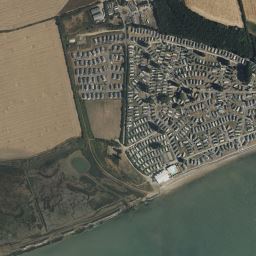
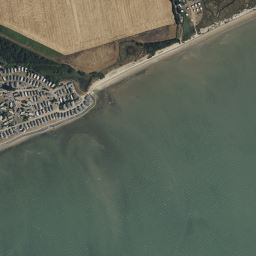
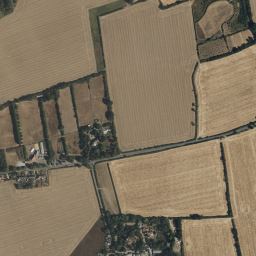
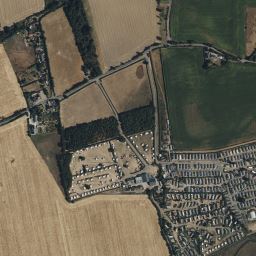


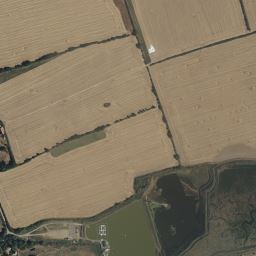
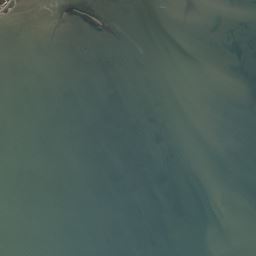
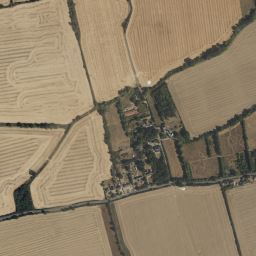
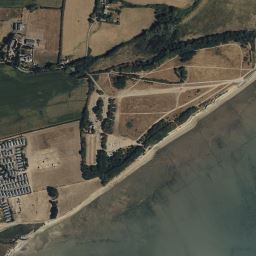
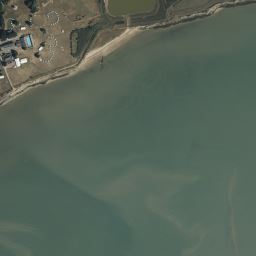

|
Site category: Interglacial deposit Site name: Coopers Beach ('Restaurant Site') (part of Colne Estuary SSSI) Grid reference: TM 053136 Brief description of site: Beneath the beach shingle here is a 'channel' infilled with sediments dating from the Ipswichian interglacial period (125,000 years old) containing fossils including hippopotamus bones (see also Cudmore Grove, East Mersea). The sediments are beneath the beach and therefore not normally accessible. ---------------------------------------- Details In addition to Cudmore Grove (see separate site record) there are other references to fossil-bearing sediments at East Mersea. These refer to a site 1.5 kilometres south-west of Cudmore Grove. The earliest of these was by Samuel Hazzledine Warren (1872“1958), a geologist from the Essex Field Club, who recorded his findings in the 'Essex Naturalist' between 1917 and 1933 referring to a 'hippopotamus-bearing elephant bed' at this site. Little attention was given to this site until it was 'rediscovered' in the 1980s. Although the early records referred to foreshore exposures of fossiliferous deposits, in the 1980s there appeared to be only a wave-cut foreshore platform of London Clay. However, an excavation through the beach revealed that fossiliferous sediments still survive although, due to erosion, they are thinner now than in the early twentieth century. They have produced a distinctive fauna of fossils characteristic of the Ipswichian Interglacial Stage, about 120,000 years ago, that is identical to that previously found at the 'hippo site' on the foreshore at Cudmore Grove and includes, straight-tusked elephant, bison, giant deer and hippopotamus. Due to a lower sea level the Thames at this time was flowing below its present level and so these sediments must be associated with an early course of the River Blackwater. It is speculated that there might be a substantial area of fossiliferous deposits beneath the adjacent caravan site. This locality has been named the 'Restaurant Site' after the cafeteria, serving the occupants of the caravans, that overlooks the beach. (Text adapted from Bridgland, Allen & Haggart 1995)
|
if you have an image please upload it
|
Reference: Bridgland 1994 (p. 369-375), Bridgland, Allen & Haggart 1995 (p. 255-276).
Geology Site Map
A-Z Geological Site Index
























